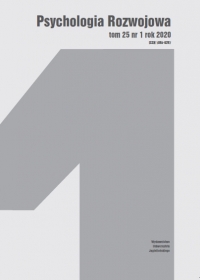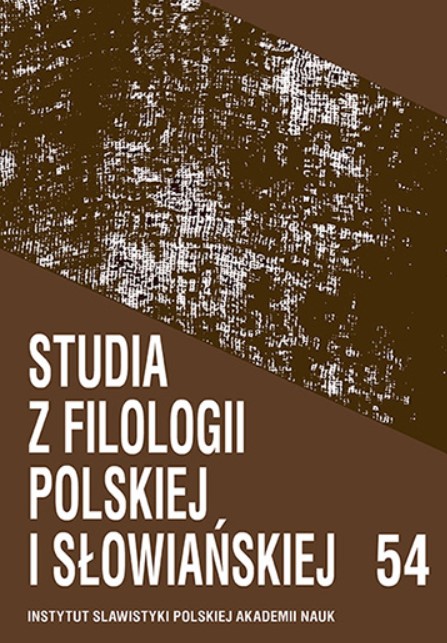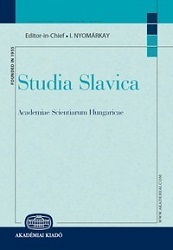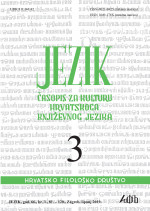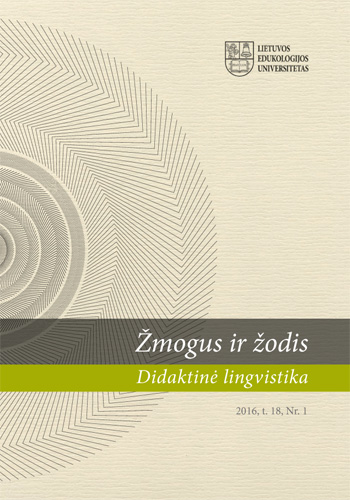
Lietuvių ir latvių kalbų uždarumos priebalsiai sprogimo fazės trukmė ir FFT spektrai
This current research deals with the occlusive’s of the contemporary Baltic languages, Lithuanian and Latvian. In the framework of this study two acoustic cues, a duration of the release phase (for the plosives and affricates) and energy distribution in the FFT spectra obtained at the burst onset (for the plosives), have been analyzed. The aim of this paper is to test the role of the former acoustic cues in the classification of the occlusive’s according to their voicing, manner, and place of articulation. There are 20 occlusive phonemes in Standard Lithuanian: plosives and affricates. Standard Latvian has occlusive phonemes: plosives and affricates. The occlusive’s have been studied in the phonetic context of all monophthongs (V) of standard Lithuanian or Latvian. The recorded material consisted of isolated CVC syllables pronounced by 12 Lithuanian and 12 Latvian native speakers (6 males and 6 females within each language group) of the ages from 20 to 48. The results indicate that the set of the two acoustic cues analyzed in this paper provides a distinction between the following groups of the occlusive’s: 1) voiced vs. voiceless - displayed by the duration of the release phase ( a classification of the occlusive’s according to their voicing); 2) plosives vs. affricates - displayed by the duration of the release phase (a classification o the occlusive’s according to their manner of articulation); 3) bilabials and dentals vs. palatals (la.) and velars - both displayed by the duration of the release phase and energy distribution in the FFT spectra (a classification of the plosives according to their place of articulation). The duration of the release phase provides a distinction between plosives and affricates. Within the class of plosives it is possible to separate bilabials and dentals (articulated in the frontal part of the oral cavity) Ds_ palatals (la.) and velars (articulated further back in the oral cavity). The results also reveal a correlation between the duration of the release phase and voicing: voiced occlusives usually have a shorter duration of the release phase in comparison to their voiceless counterparts with the same manner and place of the articulation both in Standard Lithuanian and Standard Latvian. The duration of the release phase for the occlusive’s (judging by mean values) is resistant to the effect of palatalisation (in Standard Lithuanian) and to gender related differences (both in Standard Lithuanian and Standard Latvian). According to the FFT spectra obtained at the burst onset for the plosives of Standard Lithuanian and Standard Latvian, it is possible to distinguish the same groups of these consonants as by applying the duration of the release phase: bilabials and dentals Ds_ palatals (la.) and velars. Energy distribution in the FFT spectra is considered to be unaffected by voicing. Since it is impossible to distinguish bilabials Ds_ dentals or palatals (la.) Ds velars within the class of plosives, as well as to separate dental Ds_ alveolar affricates, it can be concluded that the set of two acoustic cues analyzed in the paper is not sufficient for a complete classification of the occlusive’s in Standard Lithuanian or Standard Latvian. In order to achieve more accurate results, a complex analysis of the occlusive’s is required using a Wider set of acoustic cues.
More...
![Ortografinė Simono Daukanto žemaitiško balsio [ẹ] raiška Istorijoje žemaitiškoje (1828–1834): <e, ę, i, y>](/api/image/getissuecoverimage?id=picture_2015_36155.gif)
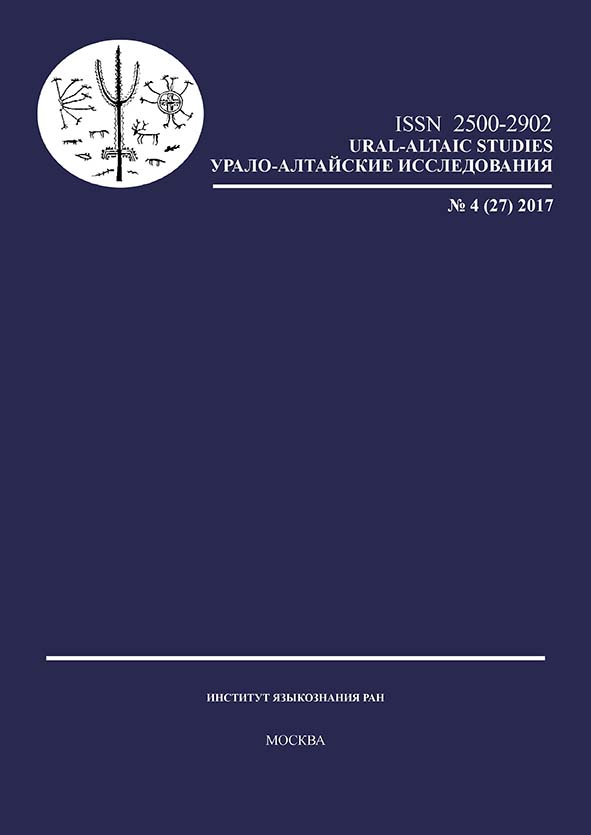
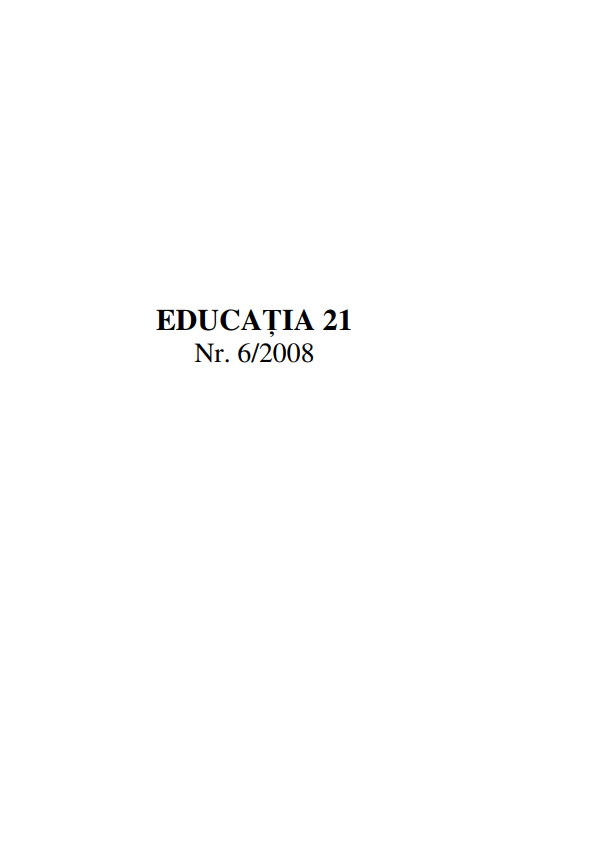
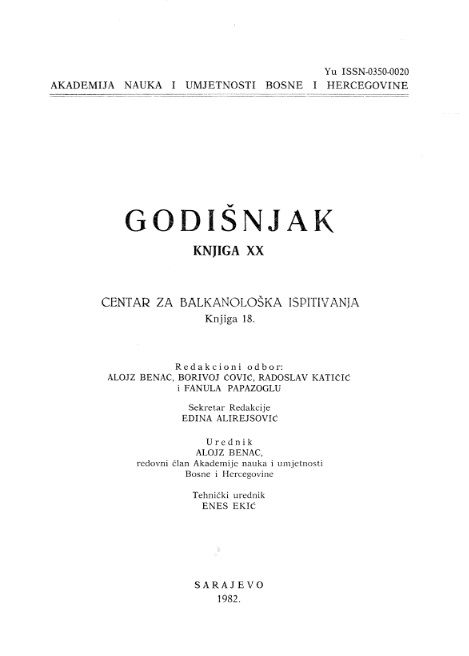
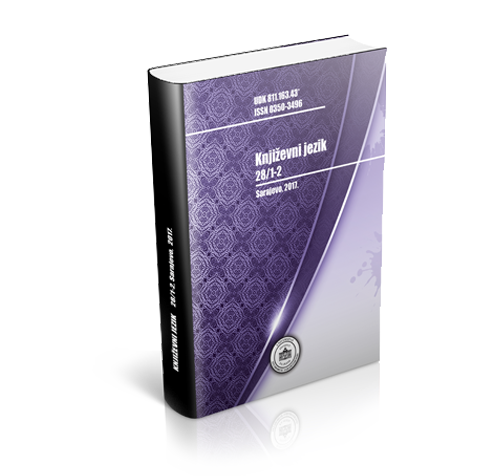
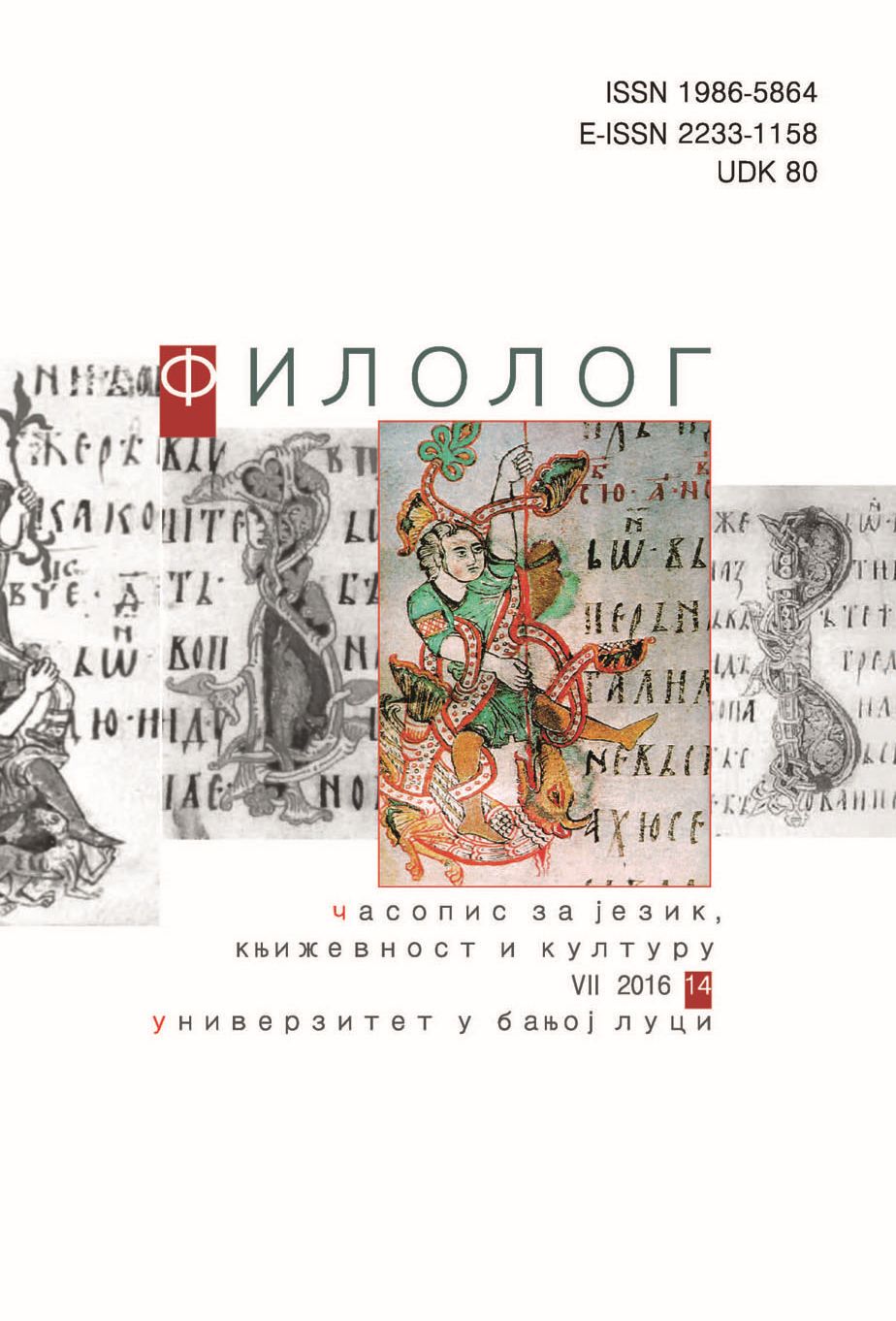
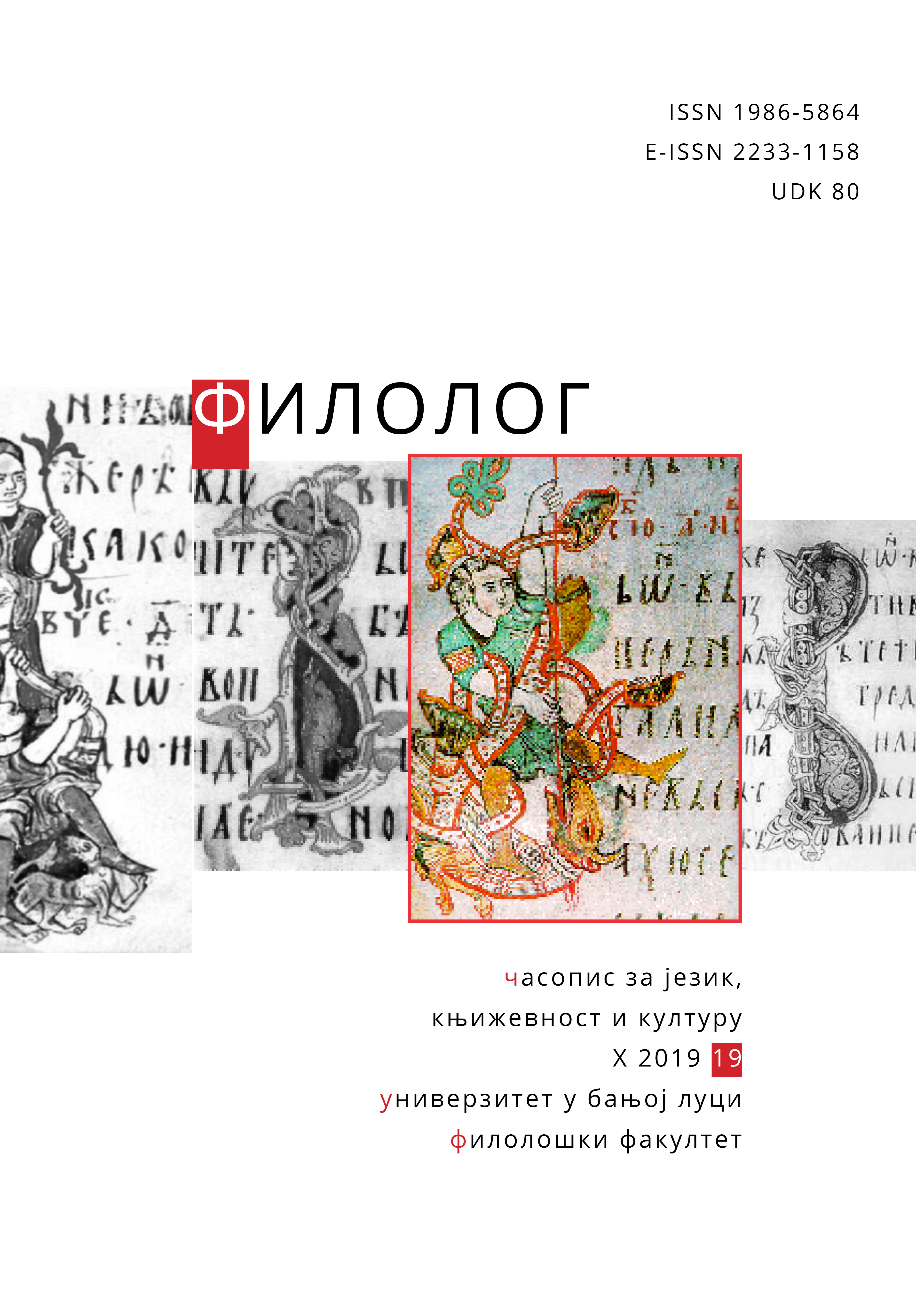
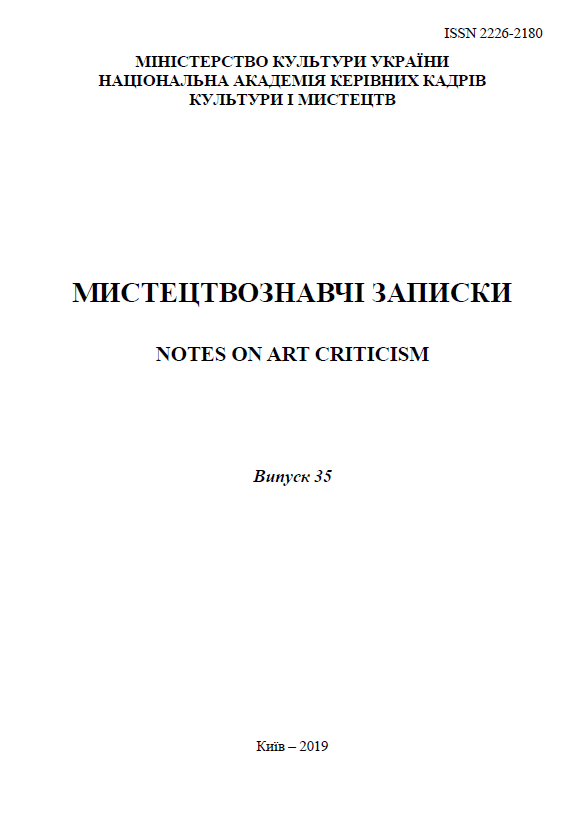
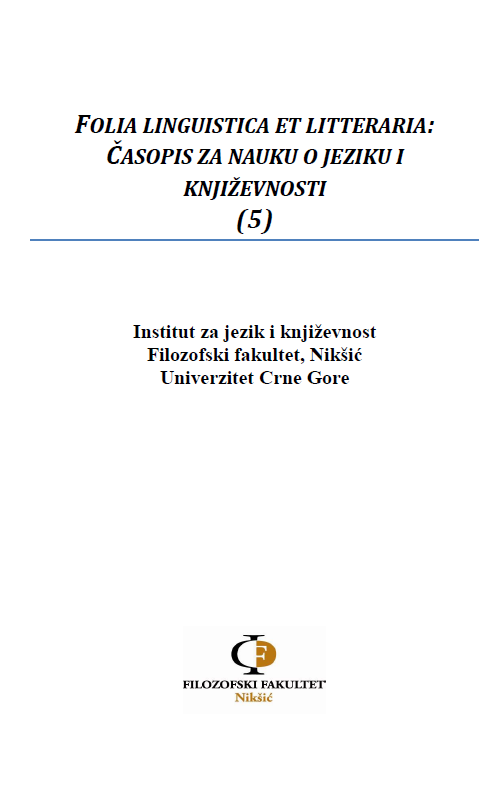
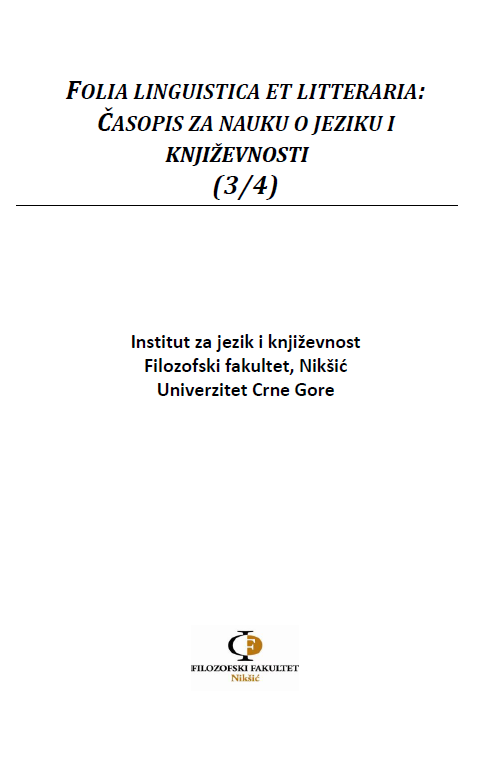
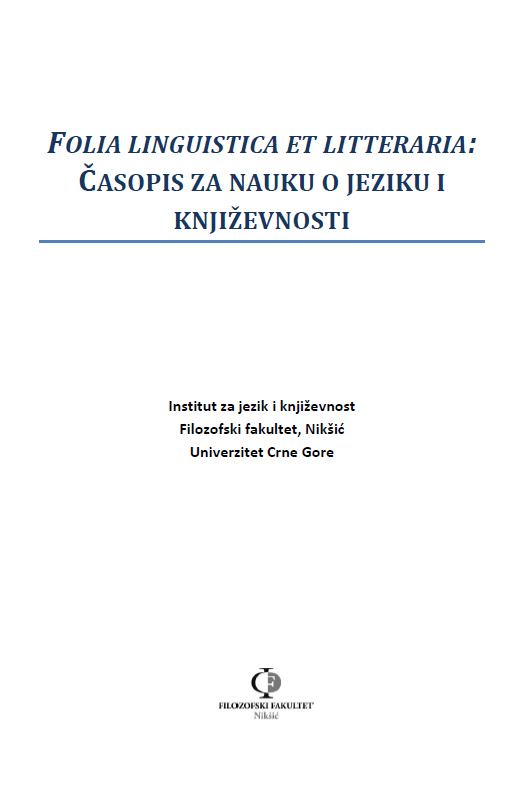
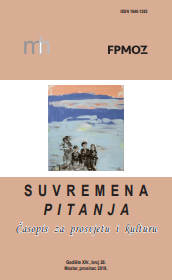
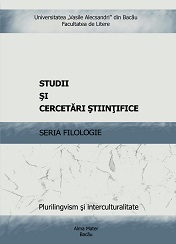
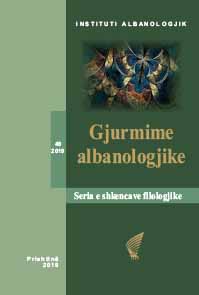
![[ˈhӕrəs] or [,həˈrӕs], [’hɒtəl] or [həʊˈtɛl]? – What/ Whose Language Do Our Students Learn (and Why)?](/api/image/getissuecoverimage?id=picture_2019_55792.jpg)
